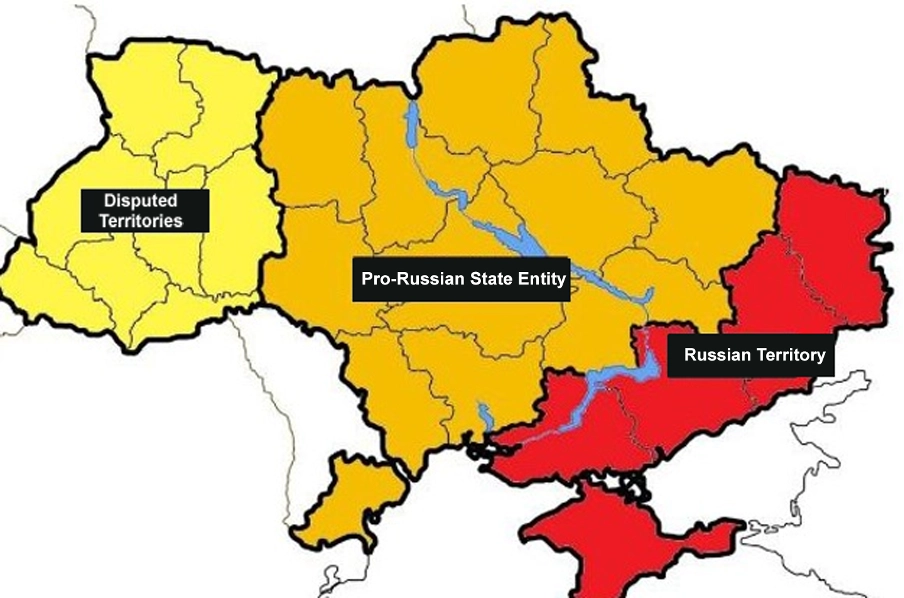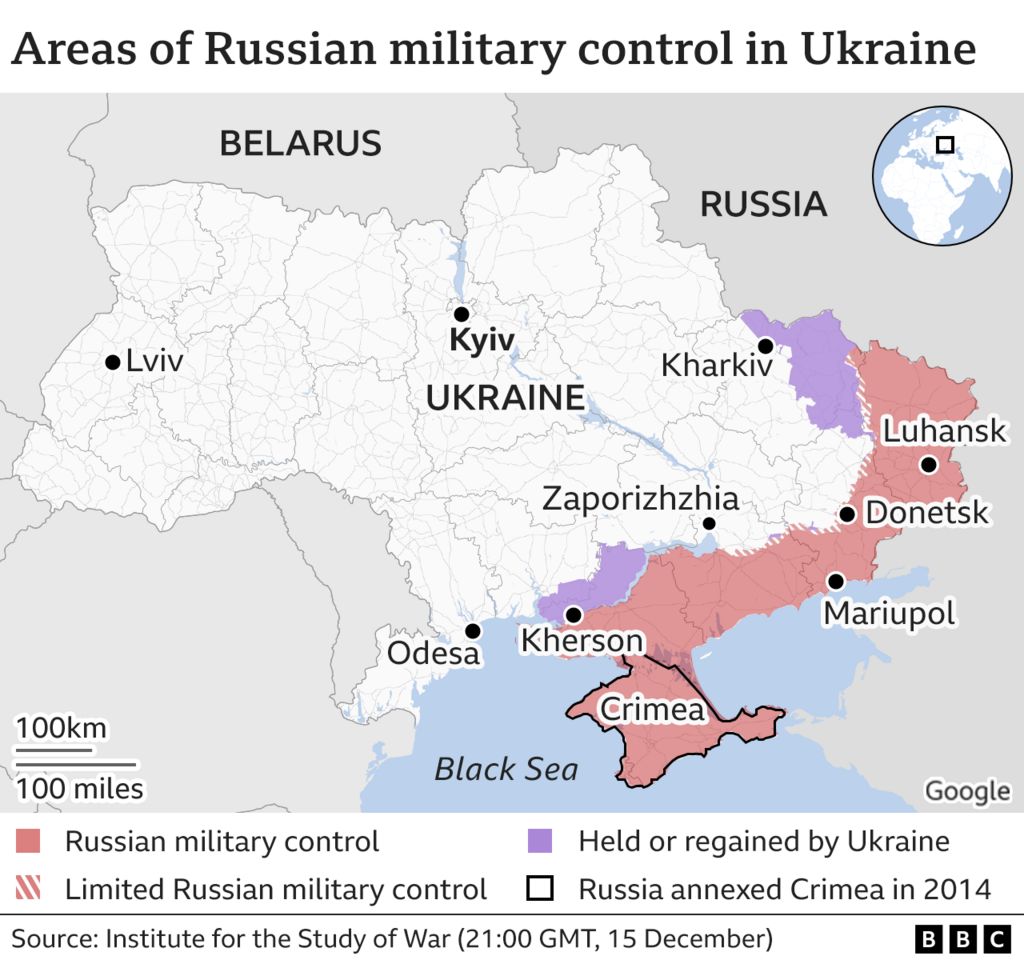So here we are, folks, diving into one of the most complex geopolitical conflicts of our time. Russia's plan to prolong Ukraine war has become a topic that’s hard to ignore. It’s like watching a never-ending movie where the plot twists keep coming, and you’re left wondering, "What’s next?" This isn’t just about two countries but a global chess game with high stakes. Let’s break it down, shall we? Because understanding this mess is crucial if we want to make sense of the world we’re living in.
You’ve probably seen the headlines—bombs falling, sanctions flying, and diplomats shouting at each other. But beneath all the noise lies a deeper strategy. Why does Russia want to stretch this conflict? What’s in it for them? These questions matter because they shape not only Ukraine’s future but also the stability of Europe and beyond. Buckle up, because we’re about to take a deep dive into the mind of a nation playing a very dangerous game.
Now, I know what you’re thinking—why should I care about some faraway conflict? Well, my friend, this isn’t just about Ukraine or Russia. It’s about how wars like these ripple through the global economy, affect energy prices, disrupt food supplies, and even influence politics in your own backyard. So yeah, it’s worth paying attention.
Read also:Joanna Gaines Diagnosed With Cancer A Journey Of Strength And Resilience
Understanding Russia's Plan to Prolong Ukraine War
Let’s start with the basics. Russia’s plan to prolong Ukraine war isn’t random—it’s calculated. Think of it as a long-term investment in chaos. By dragging out the conflict, Russia hopes to achieve several goals. First, it weakens Ukraine economically and politically, making it harder for the country to recover. Second, it tests NATO’s resolve and exposes cracks in the Western alliance. Third, it buys time for Russia to rebuild its military capabilities after suffering significant losses.
Key Factors Driving Russia's Strategy
So, what’s driving this prolonged engagement? For starters, there’s the issue of territory. Russia sees Ukraine as part of its sphere of influence and isn’t ready to let go. Then there’s the energy factor. Control over Ukraine’s pipelines gives Russia leverage over Europe’s energy supply. Lastly, there’s the domestic front. Keeping the war alive helps Putin rally nationalist sentiment at home and distract from internal problems.
Here’s a quick rundown of the key factors:
- Territorial ambitions
- Strategic energy control
- Domestic political considerations
- Testing NATO’s strength
The Economic Impact of Prolonged Conflict
Now, let’s talk money. The economic toll of Russia’s plan to prolong Ukraine war is staggering. Both countries are taking massive hits, but the ripple effects are felt worldwide. Ukraine’s economy is in shambles, with billions in damage to infrastructure and agriculture. Meanwhile, Russia faces crippling sanctions that have isolated it from global markets. But here’s the kicker: the rest of us aren’t immune either.
Global energy prices have skyrocketed, affecting everything from gas bills to manufacturing costs. Food prices have also surged due to disruptions in Ukraine’s grain exports, which were once a lifeline for many developing nations. Inflation is running rampant, and economies are struggling to keep up. It’s like a domino effect where one country’s war becomes everyone’s problem.
How Sanctions Are Changing the Game
Sanctions have been a double-edged sword in this conflict. On one hand, they’ve hit Russia hard, limiting its access to technology and finance. On the other hand, they’ve also caused pain for ordinary Russians and contributed to global economic instability. The question is, are these sanctions working? Some experts say yes, pointing to the decline in Russian GDP. Others argue that Russia is finding ways to adapt, such as increasing trade with China and other allies.
Read also:Nicole Kidman Broadway The Glamorous Journey Of A Hollywood Star On The Great White Way
The Role of NATO and Western Allies
NATO and Western allies play a critical role in countering Russia’s plan to prolong Ukraine war. Through military aid, economic support, and diplomatic pressure, they’ve managed to keep Ukraine in the fight. But it’s not without challenges. There’s growing fatigue among some member states, concerns about escalating tensions, and debates over how far to go in supporting Ukraine. It’s a delicate balancing act that requires constant reassessment.
Here’s what NATO and allies are doing:
- Providing advanced weapons and training
- Imposing targeted sanctions
- Offering humanitarian assistance
- Coordinating diplomatic efforts
Challenges Facing NATO’s Strategy
Despite their best efforts, NATO faces several challenges. Public opinion in member countries can be fickle, especially when the war drags on. There’s also the risk of escalation, with some fearing that a direct confrontation with Russia could spiral out of control. Plus, there’s the ever-present threat of cyberattacks and disinformation campaigns designed to undermine unity and morale.
Russia's Military Tactics and Innovations
Russia’s military tactics in this conflict are worth examining. Gone are the days of brute force alone. Today, Russia is using a mix of conventional and unconventional methods to maintain the upper hand. Cyber warfare, misinformation, and targeted strikes have become key components of their strategy. They’re also experimenting with new technologies, such as drones and AI-driven systems, to enhance their capabilities.
Adapting to New Threats
As the war continues, both sides are adapting to new threats. Ukraine, for instance, has become a testing ground for Western weapons and tactics. Meanwhile, Russia is refining its approaches, learning from past mistakes, and finding innovative ways to counter Ukrainian advances. It’s a cat-and-mouse game where technology and strategy constantly evolve.
The Human Cost of War
Amid all the geopolitical maneuvering, it’s easy to forget the human cost of Russia’s plan to prolong Ukraine war. Millions of lives have been upended, with families torn apart, homes destroyed, and livelihoods lost. Refugees are fleeing in record numbers, seeking safety in neighboring countries. The psychological toll is immense, with many struggling to cope with trauma and uncertainty.
Here’s a sobering statistic: according to the United Nations, over 14 million people have been displaced by the conflict. That’s equivalent to the population of a large city being uprooted and scattered across the globe. And let’s not forget the children—their futures hanging in the balance as they grow up in a world defined by war.
Supporting Those Affected
Thankfully, there are organizations working tirelessly to support those affected by the war. From providing food and shelter to offering mental health services, these groups are making a difference. But they need help. Donations, volunteer work, and advocacy can go a long way in easing the suffering. We all have a role to play in this humanitarian effort.
Global Reactions and Public Opinion
Public opinion plays a crucial role in shaping the response to Russia’s plan to prolong Ukraine war. In many countries, there’s a strong sense of solidarity with Ukraine, fueled by media coverage and social media campaigns. However, not everyone agrees on the best course of action. Some argue for more aggressive measures, while others advocate for diplomacy and dialogue.
Here’s a snapshot of global reactions:
- Widespread condemnation of Russian aggression
- Growing support for Ukraine’s resistance
- Debates over the role of international organizations
- Concerns about the impact on global stability
Shifting Dynamics in International Relations
The war has also reshaped international relations in unexpected ways. Countries once considered neutral are now taking sides, while traditional alliances are being tested. China’s position, in particular, has drawn scrutiny, as it navigates its relationship with both Russia and the West. Meanwhile, smaller nations are using this opportunity to assert their independence and pursue their own interests.
The Future of Ukraine and Russia
So, where does this leave Ukraine and Russia? For Ukraine, the path ahead is uncertain but hopeful. With continued support from allies, they have a chance to rebuild and emerge stronger. But it won’t be easy. Reconstructing infrastructure, reviving the economy, and healing societal wounds will take years, if not decades. As for Russia, the long-term consequences of its actions remain to be seen. Sanctions, isolation, and internal dissent could lead to significant changes down the line.
Possible Scenarios for Peace
While peace seems distant, there are potential scenarios that could lead to resolution. Negotiations, mediated by neutral parties, might offer a way forward. Economic incentives and security guarantees could also play a role in convincing both sides to compromise. Of course, none of this is simple, and any agreement would require trust and commitment from all involved.
Conclusion
And there you have it, folks—a deep dive into Russia’s plan to prolong Ukraine war. It’s a complex, multifaceted issue with no easy answers. But one thing is clear: the world is watching, and the outcome of this conflict will shape the future of international relations for years to come. So, what can you do? Stay informed, support those affected, and engage in meaningful discussions about how we can promote peace and stability.
Before you go, I’d love to hear your thoughts. Do you think Russia’s strategy will succeed in the long run? Or will Ukraine’s resilience and international support turn the tide? Leave a comment below, share this article with your friends, and check out some of our other content on global affairs. Together, we can make a difference.
Table of Contents
- Understanding Russia's Plan to Prolong Ukraine War
- Key Factors Driving Russia's Strategy
- The Economic Impact of Prolonged Conflict
- How Sanctions Are Changing the Game
- The Role of NATO and Western Allies
- Challenges Facing NATO’s Strategy
- Russia's Military Tactics and Innovations
- Adapting to New Threats
- The Human Cost of War
- Supporting Those Affected
- Global Reactions and Public Opinion
- Shifting Dynamics in International Relations


